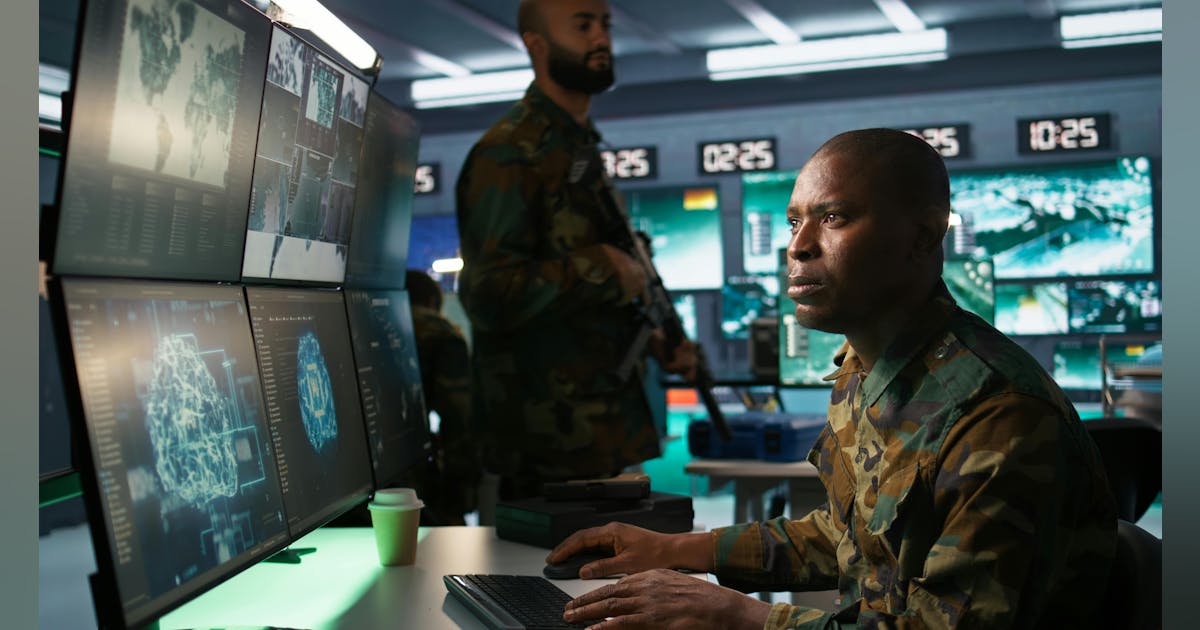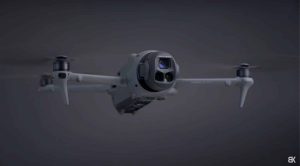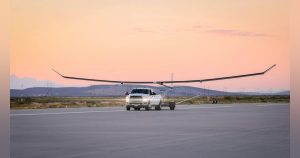The Role of AI in Military Command and Control
Artificial intelligence (AI) is transforming military command and control (C2), reshaping how modern armed forces plan, execute, and prevail in the increasingly complex environments of warfare. This article delves into the pioneering companies advancing these technologies, the systems they implement, their real-world applications, and the substantial impact of AI-powered C2 on future military operations.
Why AI Is Crucial for Military Command and Control
The contemporary battlefield is saturated with data and operates under tight time constraints. Human commanders often face information overload from sensors, satellites, cyberspace, and real-time communications. In this setting, AI systems function as “virtual battle staff”, swiftly analyzing large datasets, surfacing critical threats, identifying opportunities, and suggesting actions—enabling more rapid, coordinated, and intelligent decisions than those made by human teams alone.
Instead of replacing commanders, the latest AI in C2 amplifies human judgment, allowing teams to concentrate on strategic goals and plans while letting machines handle data integration, predictive analysis, and real-time recommendations.
Spotlight on Leaders in Military AI for C2
1. ManTech
ManTech is influential in embedding AI within national security and defense C2 systems. The company excels in:
- Autonomous systems and predictive analytics: Assisting defense customers in “seeing first, deciding faster, acting smarter”.
- AI-enhanced reconnaissance: Utilizing sophisticated analytics for real-time threat detection and operational awareness.
- Secure data sharing frameworks: Ensuring AI insights reach the required departments, even in cyber-compromised environments.
Described as delivering “AI for national security at mission speed,” ManTech remains committed to innovation, hosting events like “Cybersecurity and AI: Protecting Federal Networks,” which gather DOD and industry leaders.
2. Shield AI and the Hivemind Autonomy Platform
Shield AI distinguishes itself with its AI-driven “Hivemind” platform, serving as both pilot and coordinator for unmanned aerial vehicle (UAV) teams. Shield AI is renowned for:
- Decentralized intelligent swarm operations: Hivemind allows UAV teams to function strategically, even without communication or GPS, adapting “collectively” to real-time battlefield dynamics.
- Edge-level intelligence: Enabling each node to independently make quick decisions, guiding both tactical ISR and strategic missions.
- Plug-and-play interoperability: The AI functions as a “glue layer,” integrating systems from multiple vendors without extensive integration efforts.
Shield AI is leading a “generational shift in warfare and decision-making,” not only redefining command methods but also the deployment and evolution of military capabilities.
3. Base Operations
Base Operations, an emerging player, has secured an Air Force contract for an AI tool providing “street-level threat intelligence” globally for military facilities. Key aspects include:
- AI-enhanced situational awareness: Monitoring small drone incidents, assessing foreign land ownership near bases, and observing port security in real time.
- Multi-source intelligence fusion: Utilizing public and proprietary data for detailed analysis, vital for planning and force protection.
- Customization for military needs: Developed in collaboration with the Air Force Research Laboratory’s team, highlighting military trust in agile, commercial AI start-ups.
Real-World Impact: From Case Studies to Breakthroughs
Accelerating the Kill Chain: An Air Force Experiment
A notable experiment in Las Vegas demonstrated how advanced AI decision tools sped up the decision-making process of an Air Force battle staff by seven times. The Pentagon’s “Transformational Model” transforms battlefield chaos into distinct, actionable elements, suggesting response options. Commanders can then choose their preferred actions.
“Rather than replace human commanders and their staffs with AI, the Pentagon aims to augment them with virtual assistants who swiftly and accurately process the extensive information required by modern military operations, freeing humans to strategize.”
This initiative, part of the Combined Joint All-Domain Command and Control (CJADC2), aims to unify command decisions across air, land, sea, space, and cyber realms, enhancing U.S. forces’ agility, synchronization, and resilience.
Tackling Drone Threats at U.S. Bases
Base Operations’ tool identified over 350 small drone detections across 100 military installations last year, including the arrest of an unauthorized drone operator over a critical base. This real-time AI surveillance underscores the rising necessity of AI in everyday base protection and crisis response.
Future Prospects: Autonomous Swarms and Plug-and-Play AI
Shield AI’s Hivemind exemplifies future conflicts relying on “collective intelligence”—robotic squadrons acting in unison, adjusting tactics instantaneously. Such swarm autonomy might be decisive in electronic warfare scenarios where human decision cycles are too lengthy.
Human-Machine Teaming: Training, Trust, and Leadership
One of the most significant hurdles—and opportunities—is cultivating commanders who trust, understand, and effectively collaborate with AI systems. This necessitates new training methodologies and a cultural transformation:
- Redefining mission command: AI allows for greater decentralization, enabling subordinates to adjust to “battlefield friction” while maintaining alignment with commanders’ objectives.
- Revolution in education: The U.S. Army stresses teaching leaders not only tactics but also AI fundamentals—how algorithms propose actions and how to supervise and adjust them.
- Enhancing decision-making games: Amplifying both technology and training to develop feedback loops, refining AI algorithms through real-world experiences.
Market Trends and Strategic Implications
The global military AI market is valued at $14.3 billion in 2024 and is expected to grow to $29 billion by 2030, with an annual growth rate of 12.5%. Growth drivers include:
- Escalating geopolitical tensions
- Technological breakthroughs in AI and autonomy
- The demand for fast, reliable battlefield decisions
Well-established corporations such as BAE Systems, Boeing, and CACi, along with specialized AI integrators like ManTech, Accenture Federal, Shield AI, and Base Operations, are shaping the future defense landscape.
Key Insights and Future Prospects
- AI’s primary military advantage lies in speed and adaptability—transforming the OODA loop (Observe-Orient-Decide-Act) and outpacing opponents.
- Collaboration, not replacement: The focus is on AI-augmented decision-making, not automated “robo-generals”.
- Open, modular frameworks: Modern AI for C2 is crafted for interoperability—”plug-and-play” is the new strategic advantage.
- Security and trust: As AI systems become more crucial, robust cybersecurity and ethical governance will be essential.
A Touch of Humor & Cultural Reference
If films like Terminator made you envision AI as omnipotent Skynet rulers, today’s reality is more “Iron Man meets Google Assistant in the War Room.” It’s about smart assistants, not overlords—yet!
The Human Element: Why Clients Rely on Leading AI Firms
Top companies do not just deploy black-box AI on battlefields—they foster partnerships, co-develop solutions with front-line operators, and emphasize comprehensive training and transparency. Many host open “AI summits,” include warfighters in the development cycle, and publicize genuine achievements.
For instance, ManTech’s reputation in the defense sector is founded on a blend of technical excellence and deep client support, actively involving clients in capability development and deployment.
Conclusion: Preparing for AI-Enhanced Command and Control
AI for military C2 is no longer a futuristic concept—it is mission-critical. With reliable partners like ManTech, Shield AI, and Base Operations, the U.S. and its allies are ensuring their commanders can “think and act at machine speed.” Companies creating these solutions are defining not only today’s tactical edge but also the future of command within defense.
Whether you are a policymaker, officer, technologist, or just intrigued by the next wave of military innovation, one thing is clear: in command and control, the future belongs to human and artificial teams that can see, decide, and act the fastest.














